St. Vincent year 2009 Sailing America Cup Boats set
The America’s Cup is the oldest trophy in international sport, dating back to 1851. It is a prestigious sailing competition that features some of the most advanced and technologically innovative boats in the world. The boats used in the America’s Cup have evolved over the years, reflecting advancements in design, materials, and technology. Here are some key points about the boats used in the America’s Cup:
- Class Rule: The America’s Cup is governed by a set of rules known as the “Class Rule,” which specifies the design parameters and limitations for the boats competing in the event. The Class Rule is often updated to ensure fairness and competitiveness among participating teams.
- Historic Classes: Throughout its history, the America’s Cup has featured a variety of boat classes, including sloops, schooners, and various types of yachts. In the early years of the competition, boats were typically large, heavy, and made of wood.
- Modern Multihulls: In recent decades, the America’s Cup has seen a shift towards multihull boats, particularly catamarans and trimarans. These high-performance boats offer increased speed and maneuverability compared to traditional monohull designs.
- Foiling Technology: One of the most significant innovations in recent America’s Cup competitions is the use of foiling technology. Foils are underwater wings that lift the boat out of the water, reducing drag and increasing speed. Foiling boats can reach speeds well above the wind speed, resulting in thrilling racing action.
- AC75 Class: The latest class of boats used in the America’s Cup is the AC75 class, introduced for the 36th edition of the event in 2021. AC75 boats are foiling monohulls with a maximum length of 75 feet (22.9 meters) and are powered by soft sails (sails without rigid spars).
- Design Innovation: The America’s Cup is known for pushing the boundaries of sailing technology, with teams investing heavily in research and development to gain a competitive edge. Design innovations such as adjustable foils, winged sails, and sophisticated onboard control systems are common in modern America’s Cup boats.
- Team Ownership: Each America’s Cup campaign is typically led by a yacht club representing the challenging team. Teams are responsible for designing, building, and racing their own boats, often with the support of corporate sponsors and wealthy benefactors.
- Environmental Sustainability: In recent editions of the America’s Cup, there has been a growing emphasis on environmental sustainability, with efforts to reduce the environmental impact of the event and promote eco-friendly practices in boat design and operation.

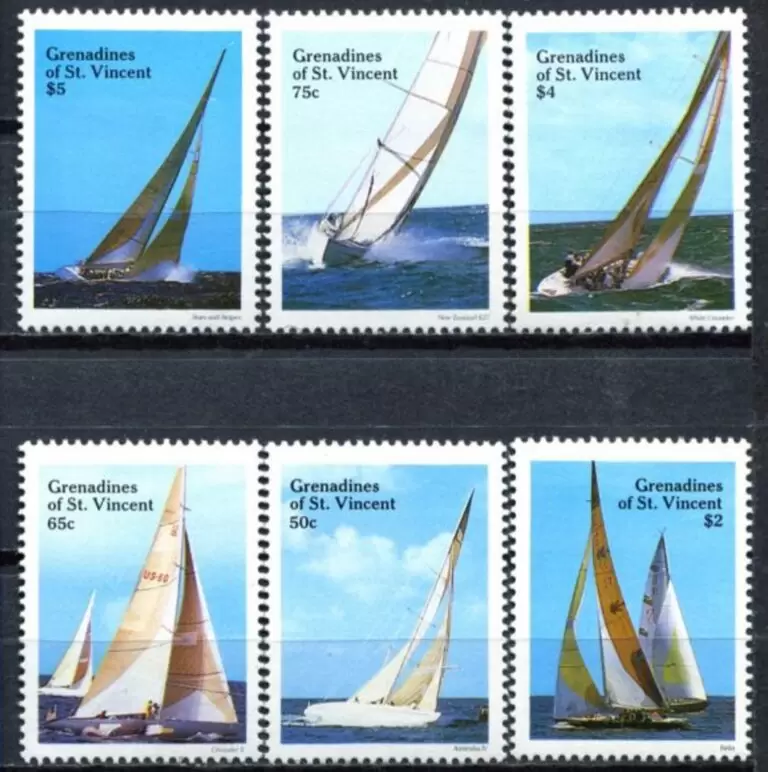

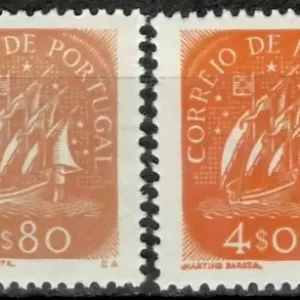
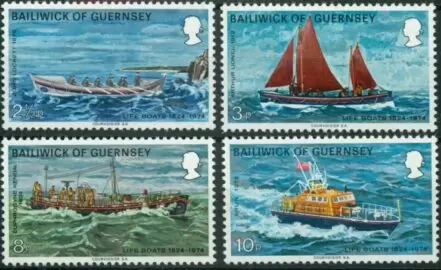
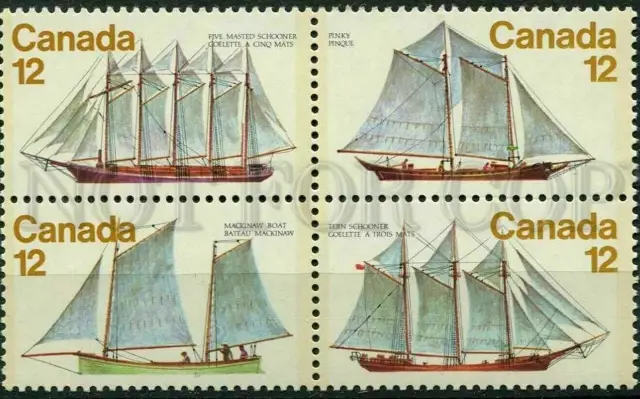
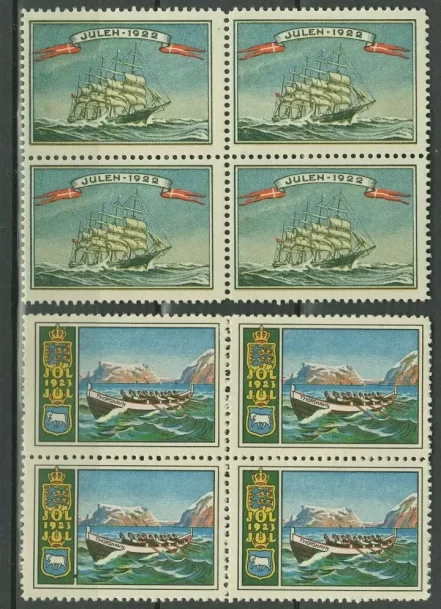
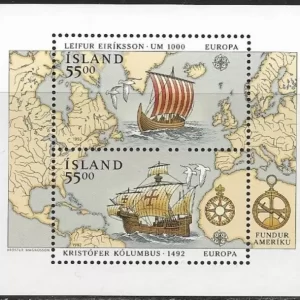

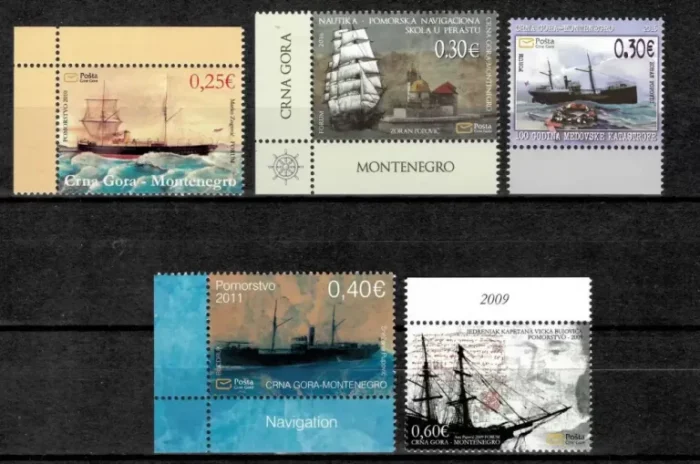
Reviews
There are no reviews yet.